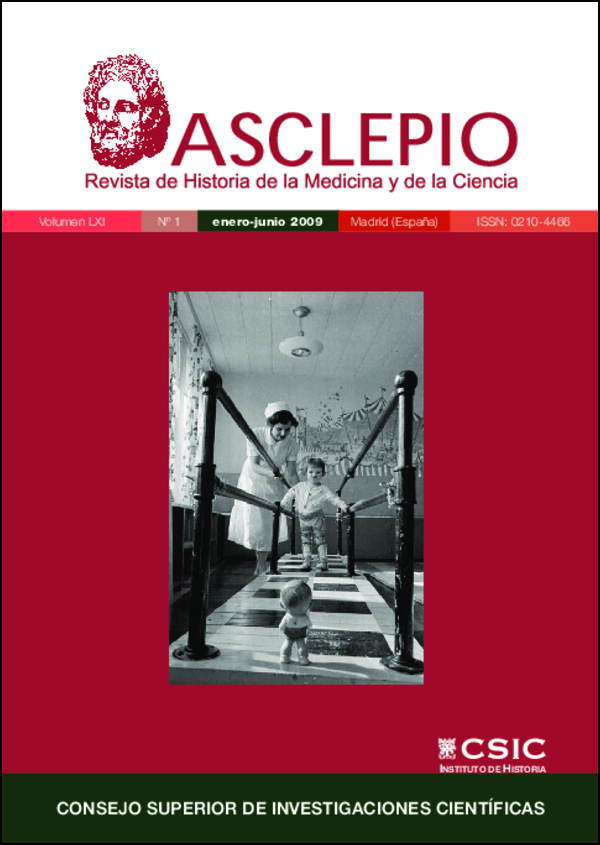Polio chronicles: Warm Springs and disability politics in the 1930s
DOI:
https://doi.org/10.3989/asclepio.2009.v61.i1.275Keywords:
Polio, Warm Springs, RehabilitationAbstract
During the 1920s and 1930s, disabled polio survivors initiated a campaign which made them active, dissenting subjects in public discourse about disease and disability. Its source was a core of Warm Springs patients who wanted more than a healing refuge. They were well aware of the need to construct a new image of the disabled, and saw the resort’s high public profile as a potent weapon in a cultural war to remake popular images of the disabled, whether as pathetic charitable objects or as horrific movie villains. Drawing on their own, disheartening experiences, this group of activists boldly critiqued the medical care offered most disabled patients as well as the training and attitudes of doctors, nurses and physical therapists. Protesting the narrow, medicalized definition of rehabilitation, they provocatively posed the need to «rehabilitate» prejudiced, able-bodied employers and health professionals. And most of all, they consciously designed the polio center at Warm Springs to function not as an inward-looking refuge but as an exemplar of the way polio survivors and other disabled people should be allowed to live, work and love. This story begins and ends in the 1930s. It traces a rise and fall: the rise of an activist community at the rehabilitative center at Warm Springs; and its decline with the creation of the National Foundation for Infantile Paralysis (known popularly as the March of Dimes) in 1937.
Downloads
Downloads
Published
How to Cite
Issue
Section
License
Copyright (c) 2009 Consejo Superior de Investigaciones Científicas (CSIC)

This work is licensed under a Creative Commons Attribution 4.0 International License.
© CSIC. Manuscripts published in both the print and online versions of this journal are the property of the Consejo Superior de Investigaciones Científicas, and quoting this source is a requirement for any partial or full reproduction.
All contents of this electronic edition, except where otherwise noted, are distributed under a Creative Commons Attribution 4.0 International (CC BY 4.0) licence. You may read the basic information and the legal text of the licence. The indication of the CC BY 4.0 licence must be expressly stated in this way when necessary.
Self-archiving in repositories, personal webpages or similar, of any version other than the final version of the work produced by the publisher, is not allowed.















